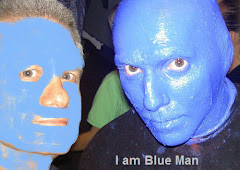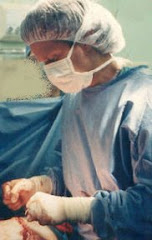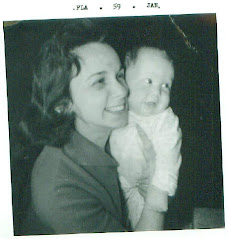The Catholic Church canonized its first ever Native American today. Kateri Tekakwitha, a Mohawk woman born in 1656 in what is now New York state, died over 300 years ago, but the church attributes miracles to her influence even in the 21st century. She's also famous for many self punishing rituals when she was alive like barefoot walking in the snow, lying on beds of thorns and other such painful proofs of faith.
The commitment to her faith during her life and the miracles attributed to her are one thing, but the way to sainthood is proof of a modern, post death miracle. And most of these historically are medical in nature. Such was the case with Saint Kateri.
In 2006, a boy in Washington touched a piece of Tekakwitha's wrist bone and made a miraculous recovery from a flesh-eating bacteria. How the wrist bone made it out to the boy is one looming question to me, but it was the miracle that pushed the Vatican committee on canonization to recommend sainthood.
In this modern age of science in medicine and evidence based medical practice, it's difficult for many to believe in faith as a way to healing, let alone touching a carpal bone from the wrist of a 17th century woman. I'll leave miracles to the experts in the church who have expertise in this area, among other social permutations, but it's worth rejuvenating regularly the effect of personal faith on individual healing processes and it's possible effect on the bodies ability to heal from illness.
Dr. Christina Puchalski of Baylor University Medical Center wrote an article about this "The role of spirituality in health care" in October 2001 that stimulated my interest in the practice of spiritual connection with patients, irregardless of my own personal spiritual beliefs. You can read the entire article at: http://www.ncbi.nlm.nih.gov/pmc/articles/PMC1305900/ . Dr. Puchalski sensitized me to the need of the patient to connect spiritually with their illness and their ultimate healing, whether they know it or not. She summarized what is involved in serving patients and providing compassionate care -
- Practicing compassionate presence—i.e., being fully present and attentive to their patients and being supportive to them in all of their suffering: physical, emotional, and spiritual
- Listening to patients' fears, hopes, pain, and dreams
- Obtaining a spiritual history
- Being attentive to all dimensions of patients and their families: body, mind, and spirit
- Incorporating spiritual practices as appropriate
- Involving chaplains as members of the interdisciplinary health care team





